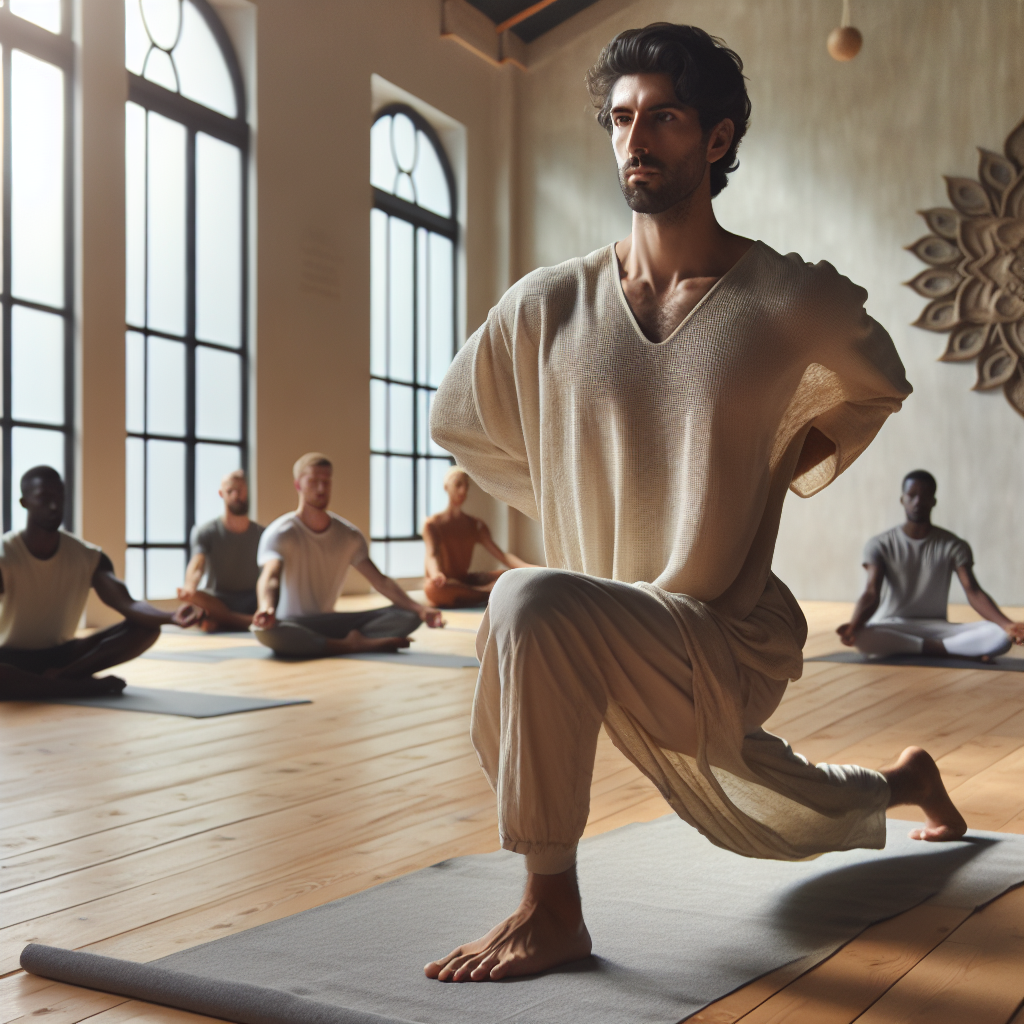Maintaining proper posture is not just about standing tall; it’s a crucial aspect of your exercise performance and overall health. Posture refers to the alignment and positioning of the body during standing, sitting, and while moving. Good posture is essential for balance, helps you avoid injury, and ensures that your body is working efficiently. In the realm of fitness, posture is the foundation upon which all movement patterns and exercises are built.
Why Posture Matters in Exercise
When you exercise with correct posture, you maximize the effectiveness of the movements and reduce the risk of pain and injury. Poor posture can lead to muscle imbalances, chronic pain, and decreased mobility. It can also hinder your progress in fitness, as it prevents you from engaging the correct muscles during your workouts. For instance, hunching over during a squat can put undue stress on your lower back, rather than targeting the glutes and quadriceps.
Proper posture also enhances respiratory function, which is vital for cardiovascular health. A straightened spine allows your lungs to expand fully, increasing oxygen intake, which is crucial for high-intensity workouts. Moreover, maintaining posture during exercise can contribute to better bone health by strengthening the muscles that support your bones, which is an essential aspect of preventing osteoporosis.
Posture and Different Types of Exercise
Strength Training
When lifting weights, posture ensures that you are targeting the correct muscle groups. For example, a properly executed deadlift with a neutral spine will engage your posterior chain effectively, whereas a rounded back can lead to back strain or injury.
Cardiovascular Exercises
In activities like running or cycling, good posture helps with endurance and efficiency. Leaning too far forward or back can cause you to tire more quickly and may lead to strain on the neck and spine.
Flexibility and Balance Exercises
Practices such as yoga and Pilates demand body awareness and control, which are rooted in good posture. These exercises often focus on alignment, which can improve your posture over time.
Core Workouts
A strong core is the linchpin of good posture. Exercises that target the abdominals, back, and pelvic muscles can help maintain an upright posture and protect the spine.
How to Achieve and Maintain Good Posture
Awareness
The first step to good posture is awareness. Recognize your posture as you perform various activities. Often, people do not realize their posture is poor until they experience discomfort or pain.
Strengthening and Flexibility
Incorporating strength training and flexibility exercises into your routine can improve posture. For instance, understanding the role of body composition in fitness is key to developing a balanced workout plan that includes both elements.
Ergonomics
Proper ergonomics in your daily life, especially if you have a desk job, can help maintain good posture. Ensure your workspace is set up to support your back and neck properly.
Professional Guidance
Personal trainers and physical therapists can provide personalized advice and exercises to improve your posture. The advantages of personalized fitness coaching include tailored workout plans that can address postural issues.
Posture and Overall Health
The benefits of good posture extend beyond exercise performance. It can affect various aspects of your health, including:
Digestive Health
Proper posture encourages the digestive tract to assume its natural position, which can enhance digestion and prevent gastrointestinal issues. For more on this, consider reading about digestive health.
Mental Health
There is a link between posture and mental health, as poor posture can contribute to stress and negative mood. Conversely, maintaining good posture can boost confidence and decrease stress levels. To explore this further, see how mental health benefits from regular physical activity.
Brain Health
Good posture can improve blood flow and oxygen to the brain, which can enhance cognitive function. For a deeper dive into this, check out resources on brain health.
External Resources to Enhance Your Understanding
- Explore the Biomechanics of Posture from a detailed scientific perspective.
- Review the American Posture Institute’s resources for exercises specifically designed to improve posture.
- Understand the ergonomic guidelines for office chair setup provided by OSHA to help maintain good posture at work.
- Learn about the [link between posture and mental health](https://www.psychologytoday.com/us/blog/spycatcher/201 posture-affects-mood) through a psychological lens.
- For athletes, consider the principles of posture in sports performance by the National Strength and Conditioning Association.
In conclusion, posture is a vital element of exercise performance and overall health. It’s important to be mindful of your posture during all physical activities and integrate exercises that strengthen the muscles responsible for maintaining good alignment. By prioritizing posture, you can enhance your workout effectiveness, prevent injuries, and improve your health in numerous ways. Remember that posture is not just about the way you stand; it’s about the way you live.



